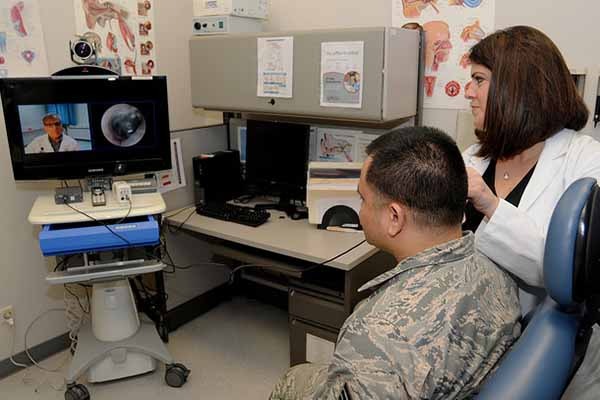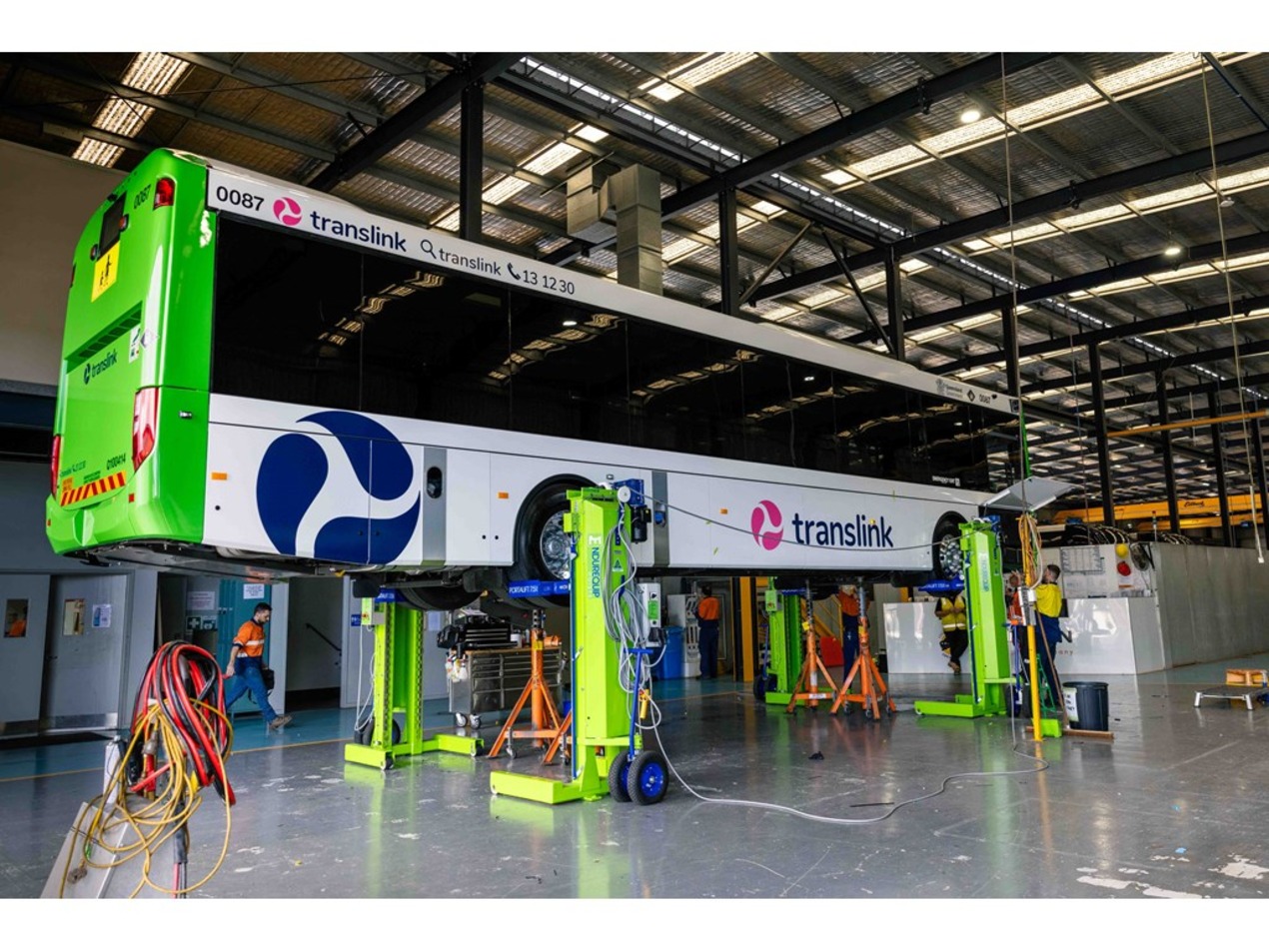
WA Country Health Service works to promote quality health services, with a particular focus on delivering high quality, accessible, and safe services closer to the homes of citizens. Their telehealth services are an important component of keeping country people healthy at home.
The rollout of the telehealth service across our vast state is linking increasing numbers of regionally-based patients and medical staff. This has been done via videoconferencing to specialist health professionals based in the metropolitan area or outside.
OpenGov recently spoke to Tony Manno, Director ICT, Country Health Service, Department of Health, Western Australia, about what he will be most focused on this year when it comes to ICT development. When we started our conversation, Mr. Manno expressed what his initial objectives are.
“We have problems like any other department, where we are looking for staff, funding, and more. What my team is trying to do is to make sure the ICT infrastructure throughout the whole of WA is hanging together, because the patient care is paramount to what we are all about,” exclaimed Mr. Manno.
This year, the WA Country Health Service will work on carrying out it’s ICT strategy. Mr. Manno was excited to tell us about how this strategy came to be, as its development was long overdue.
“We have settled on an ICT strategy or a delivery plan. We work very closely with the Department of Health because they supply a majority of the enterprise applications. These are the applications that do with patients, clinical applications, and other sorts of things,” Mr. Manno stated.
“We have had a number of significant capital redevelopments and we have been able to get a variety of funding through government sources. Without that, we would be reliant on the treasury funds.”
Within this ICT strategy, mobility is one of the biggest areas that Mr. Manno and his team will be focused on. As the WA Country Health Service is aiming to bring telehealth into mainstream service delivery, it will be crucial to embrace advanced ICT which will help improve communications and connectivity.
“Because we have a very transient type of staff, mobility is very high on our list,” said Mr. Manno, “We must make sure we have the right technology, whether it be infrastructure or applications. Then, the doctors can integrate into our hospitals and exchange information.”
Since established in 2011, the WA Country Health Service telehealth service has:
- Conducted more than 40,000 ‘virtual’ clinical consults across WA (includes emergency consults and outpatient consults)
- Hosted over 65,000 ‘virtual’ meetings totalling around 46,000 hours in the 2014/2015 financial year
- Installed a statewide fleet of more than 720 videoconferencing machines and 478 virtual meeting rooms, and
- Installed Emergency Telehealth Service equipment in 63 regional sites.
Mr. Manno commented on the how the accessibility of this telehealth service is attending to citizens around the clock.
“We have an emergency telehealth service, 24 hours a day, where you can ring us up at any hour of the day.” Mr. Manno shared with us.
Mr. Manno believes that Data Analytics will bring further productivity to the healthcare sector beyond mobility. He shared his interest in exploring options in data analytics solutions as it would lead to an era of precision medicine.
“Data Analytics is very important, too. We just began our business intelligence group and getting the right people together. Then we can work to get all of that patient information to make help us make better informed decisions,” said Mr. Manno.
As for IoT gadgets and devices, Mr. Manno emphasised that his department will not try to experiment with anything that would not add quality to healthcare service, yet concentrate on those devices which would help improve hospital operations and patient care.
“We are looking at tracking devices to monitor patient activity. This is the predominant gadget that we are looking at,” Mr. Manno told us, “We do have a biomedical engineering section which is looking at heart monitoring and clinical gadgets which we can get involved with.”
WA Country Health Service is on the right path towards transforming patient care and expanding healthcare outside the confines of hospitals. As they increase their mobility efforts, they will continue to provide around-the-clock services to those citizens in need of telehealth care.
Image from Army Health– CC BY 2.0





















